Content
It’s easy to tell that kombucha has gone bad by looking at it. However, in order to prevent it from reaching such a state, you need to know the first signs. If they occur, timely measures taken will help cure kombucha.
Can kombucha go bad?
If the rules of cultivation and sanitation are observed, the tea jellyfish rarely disappears. Sometimes the shoots hanging from the jellyfish, reminiscent of a cobweb, are mistaken for depravity. This is actually a normal growth process for kombucha. The web is formed by yeast threads, due to which fermentation and fermentation occur.
If the drink was poorly cared for, the water was not changed on time, or sanitary rules were ignored, it can go to waste. Sometimes this happens not due to human fault, but from harmful insects. The degree of deterioration determines whether it is possible to revive kombucha at home or whether it is already useless to do so.
Most often, tea jellyfish deteriorate due to human fault. In the process of careless care, cuts and tears appear. The organism of the medusomycete is weakened. He is more vulnerable to pathogens of various diseases.
If you add sugar or brew incorrectly, particles settle on the body of the kombucha. Burns appear in the form of brown or brown areas. To resuscitate the jellyfish, they urgently need to be removed.
Failure to maintain temperature conditions or frequent exposure to sunlight contributes to the development of algae. The tea jellyfish will disappear if it is not washed under running water in time.
Mold is the worst enemy of kombucha, leading to death. It is formed when the environment is not acidic enough. Mold affects only that part of the tea jellyfish that periodically comes into contact with air.
There are many other reasons why kombucha can go bad. You need to know them in order to prevent danger in time.
Video of growing medusomycetes:
How to understand that kombucha is dying
To easily determine if a tea jellyfish is spoiled, you need to know what it looks like when healthy. The appearance of any deviations from the norm already indicates the beginning of a negative process.
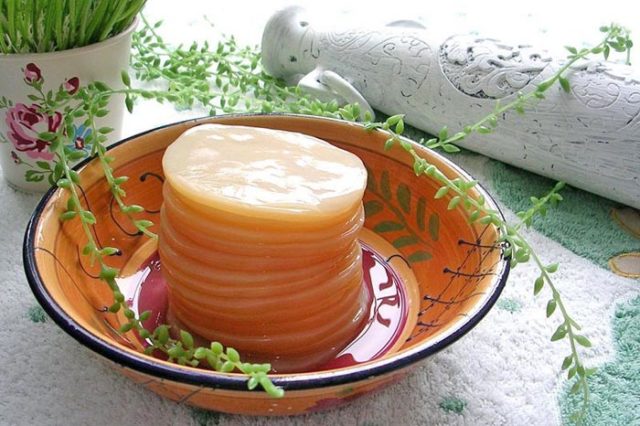
Healthy kombuchas resemble jelly pancakes
A healthy tea jellyfish has a homogeneous body that resembles elastic jelly to the touch. It is often pancake-shaped. The body color is similarly uniform. It comes in milky or beige color. Sometimes dark and light shades appear.
First of all, a change in color makes it clear that the kombucha has disappeared or is just beginning to deteriorate. The problem is indicated by pronounced symptoms in the form of mold, holes on the body, cloudiness of the liquid and a change in taste.
Important! If you suspect that the mushroom has been damaged, you should not drink the drink.
Kombucha damage
Mechanical damage to kombucha is not a disease, but it will lead to this if resuscitation is not promptly addressed. Most often, the body of a jellyfish suffers from ruptures, punctures, and cuts.
Why do holes appear in kombucha?
A body with holes cannot be called terminally ill, but it also cannot be classified as a healthy mushroom. Punctures often occur if the jellyfish was carelessly removed from the jar with a metal utensil. Cuts on the body can even appear from nails. During care, it is advisable to wear medical gloves if you have a long manicure on your hands.
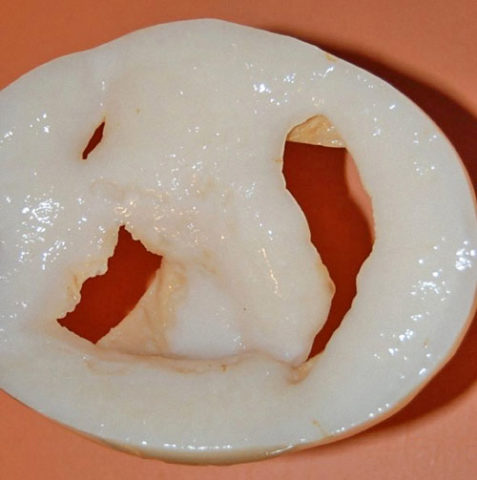
Common damage to medusomycetes are holes
Severe cuts, tears, and large holes occur when a can breaks. Kombucha is damaged by glass shards. Small things can even get stuck and remain in the body.
What to do if the kombucha breaks
Mechanical damage to kombucha is less dangerous than disease. To quickly revive kombucha, it is placed in freshly prepared sweet tea. The solution should lightly cover the body. The fungus is not disturbed for several days until recovery occurs. Kambucha has good regenerating properties. The plate will heal on its own, grow, and then the drink can be consumed.
Kombucha diseases
Kombucha disease is much more dangerous than normal damage. If the pathogens are not eliminated in a timely manner, it will not be possible to revive the jellyfish.The kombucha brewer must know the common diseases of kombucha and their treatment, otherwise a spoiled drink can harm your health.
Algae infestation
If the technological process of growing tea jellyfish is violated, algae appears in the jar. They are usually blue or green in color. Algae spreads along the side of the jar or simply floats in the drink. The liquid becomes cloudy.
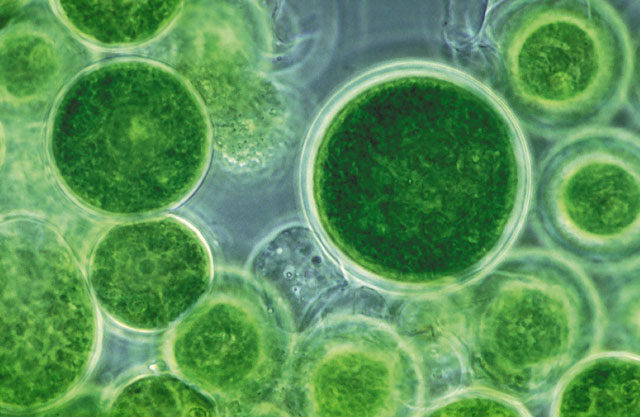
If the rules of care are not followed, green and blue algae grow in a can of drink
The cause of algae growth is one of three factors:
- The jar with the tea jellyfish was left on a window or table, where direct sunlight fell during the day.
- The kombucha was left in a cool room and the drink cooled. It is important to constantly maintain the liquid temperature above 18OWITH.
- Algae are formed when the kombucha is not acidic enough, the nutrient medium is slightly alkaline with a pH of 7.5-8.5.
Algae will not cause much harm to human health. However, it is better not to drink such a drink. To prevent the appearance of algae, you need to follow the rules for caring for the mushroom.
Insects
Infection is introduced into a jar of drink by flies, midges, ants and other insects. They are attracted to the nutrients created during the fermentation of sugar with yeast. Insects penetrate inside the jar and lay eggs on the body of the mushroom. After a day they turn into worms. The larvae crawl along the walls of the jar and fall into the drink. You should absolutely not drink this tea infusion. To prevent insects from getting to the medusomycete, the neck of the jar should always be covered with a breathable cloth or napkin.

Kombucha diseases are often caused by insects
Molds
The tea jellyfish produces secondary metabolites. They prevent mold from forming and spreading. However, if the technology for growing the mushroom is violated, the level of danger increases. Mold usually begins to form on young, thin-layered jellyfish when no starter was added during their establishment. Mushrooms do not have time to produce acidity. In a slightly alkaline environment, mold grows quickly.
Mold never appears between the layers of tea jellyfish. It grows on the surface of kombucha in contact with air. Mold is a dangerous, tenacious and insidious enemy. You should not drink moldy drinks. If the mold is blue or black, it is better to discard the affected mushroom. When it is decided to cure the kombucha, if it is sick, the entire drink is poured out. The upper layers of the jellyfish are removed and washed with water. Purified kombucha is placed in a sterilized jar, filled with fresh solution with the addition of 1 tbsp. l. fruit vinegar.
Burn
To keep the tea jellyfish alive, sugar is periodically added to the drink. However, dry crystals cannot be poured into a jar with mushrooms. Sugar settles on the body of the kombucha. High concentrations create pockets that form an alkaline environment. Colonies of beneficial bacteria die, which appears on the body as brown or brown spots. These are the same burns.If you continue feeding in the same spirit, over time the kombucha will completely die.
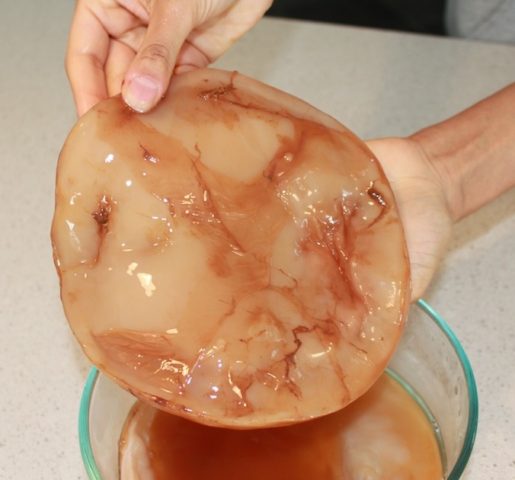
Burns on the body of a kombucha can be easily identified by brown or brown areas.
Sugar in its pure form is never poured inside a jar. The solution is prepared in advance, and kombucha is already placed in it. If such carelessness has occurred, the burned area is removed from the jellyfish. In the future, adhere to the rules for preparing a sweet solution.
How to revive kombucha
If the jellyfish can still be saved, first of all it is thoroughly washed with warm, clean water. Thick kombucha is divided into layers. Each “pancake” is laid out in sterilized jars, where a ready-made solution of weak tea and sugar is poured. Restoration will be indicated by the appearance of a matte film on the surface of the kombucha. This is how new kombucha is formed. If the old mushroom does not float up over time, but sank to the bottom, you can safely throw it away. The young jellyfish continues to be fed. The drink can be drunk when the mushroom has fully restored its strength.
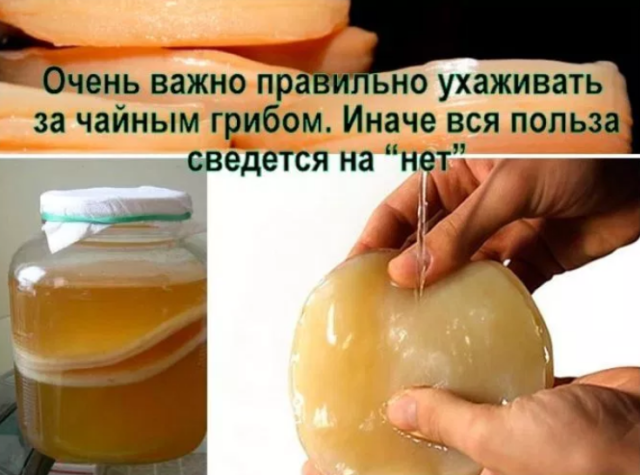
Most resuscitation methods rely on thoroughly rinsing the kombucha with water.
How to tell if your kombucha is dead
Live mushrooms float in the drink. When they get sick, they sink to the bottom of the jar. Medusa is urgently resuscitated. After being placed in a new solution, the kombucha will lie at the bottom for some time until it regains its strength. If the mushroom does not want to float up, you will have to say goodbye to it. The symptom 100% indicates the impossibility of further resuscitation.
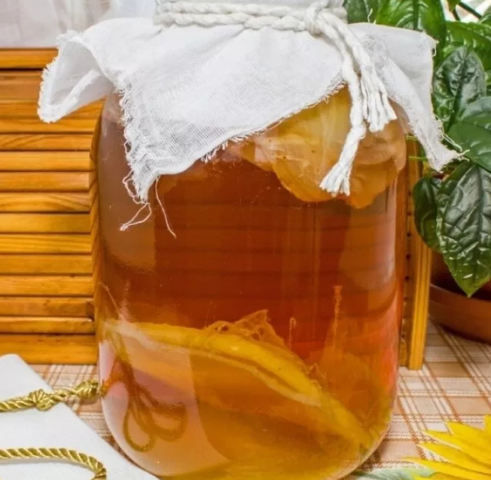
If after resuscitation the mushroom continues to lie at the bottom of the jar, then it can be considered completely lost
A few tips to keep your kombucha from making you sick
A few tips will help prevent fungal infections:
- For growing, I use sterilized 2-3 liter jars. The neck is covered with breathable fabric. Nylon or metal lids should not be used.
- The solution is prepared from 1 liter of warm water and 100 g of sugar and only after cooling to room temperature is it poured into a jar.
- Always use two jars. A mushroom lives in one, and the other serves to drain the finished drink.
- It is optimal to keep kombucha in the shade at a temperature of about +25OC. The finished infusion is drained after 5 days in winter, and after 4 days in summer. Jellyfish are washed every 2 weeks in summer, and every 4 weeks in winter.
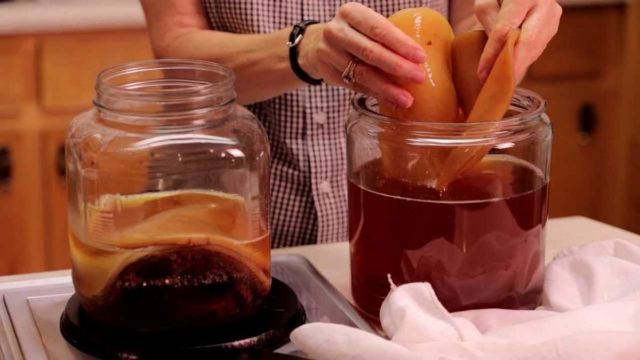
Proper care will prevent the development of kombucha diseases
The mushroom should not remain in the finished drink. This causes a brownish film of a brown tint to appear, indicating that the kombucha has begun to disappear.
Conclusion
It is not so difficult to understand that kombucha has gone bad based on its changed appearance. It is more difficult to resuscitate him, and sometimes it is simply impossible if the care technology is broken.
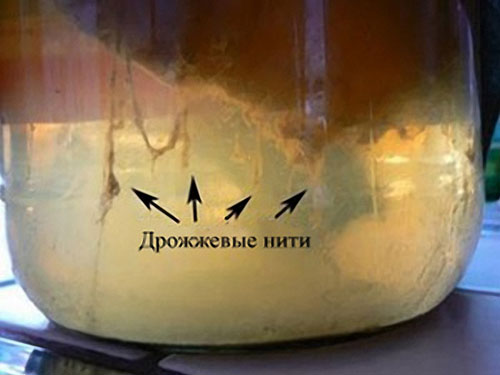
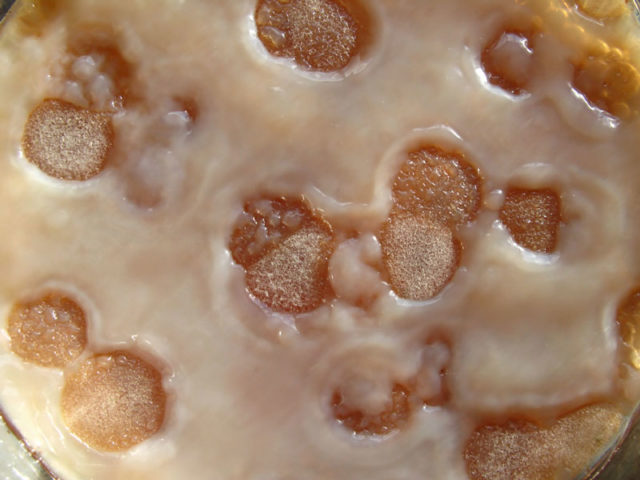
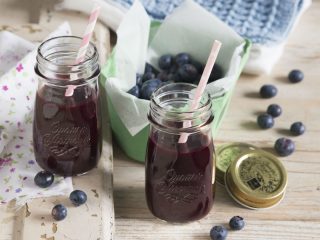

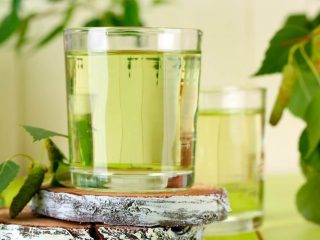
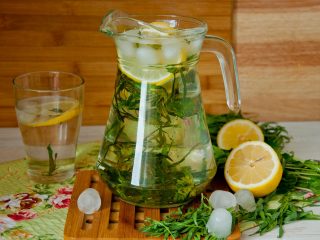

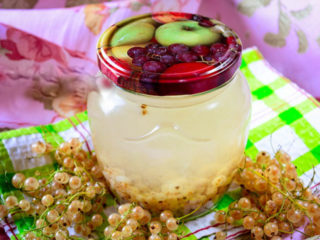
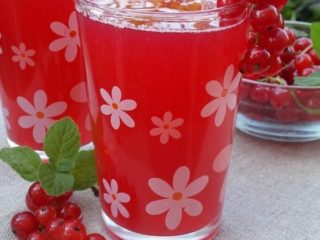

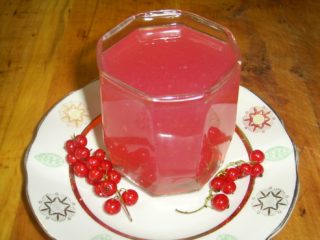
Hello, please tell me, the mushroom worked well until I went on a business trip for a week, I left the mushroom with tea, it didn’t ferment when it arrived, but it turned white as it should be, there was no mold, the drink became like a bite, I left some drink and made a new sweet tea, cooled it and poured it, the day passed 04/11/22 I poured the tea 04/12/22 I don’t see any fermentation, what does this mean, should I wash it or should it go to waste?
Hello! In the end, you still haven’t found the answer to your question? Why does the mushroom foam? This is bad? And what needs to be done to prevent this from happening? Floats above)
Good afternoon.
The foam when infusing kombucha varies. Here you need to look at the following factors:
• where foam is formed;
• what color are the bubbles;
• whether there is an unpleasant odor;
• whether there is any formation of mucus clots.
Kombucha foaming is normal. The fermentation process is underway. In this case, gas bubbles will rise from under the mushroom and collect in large bubbles above it. The color of the bubbles should be clean and transparent. If the mushroom itself looks healthy, there is no unpleasant odor and there is no change in the consistency of the liquid in the jar, then there is no cause for concern. If there are any deviations, please send a photo and a detailed description.